History
About the temple
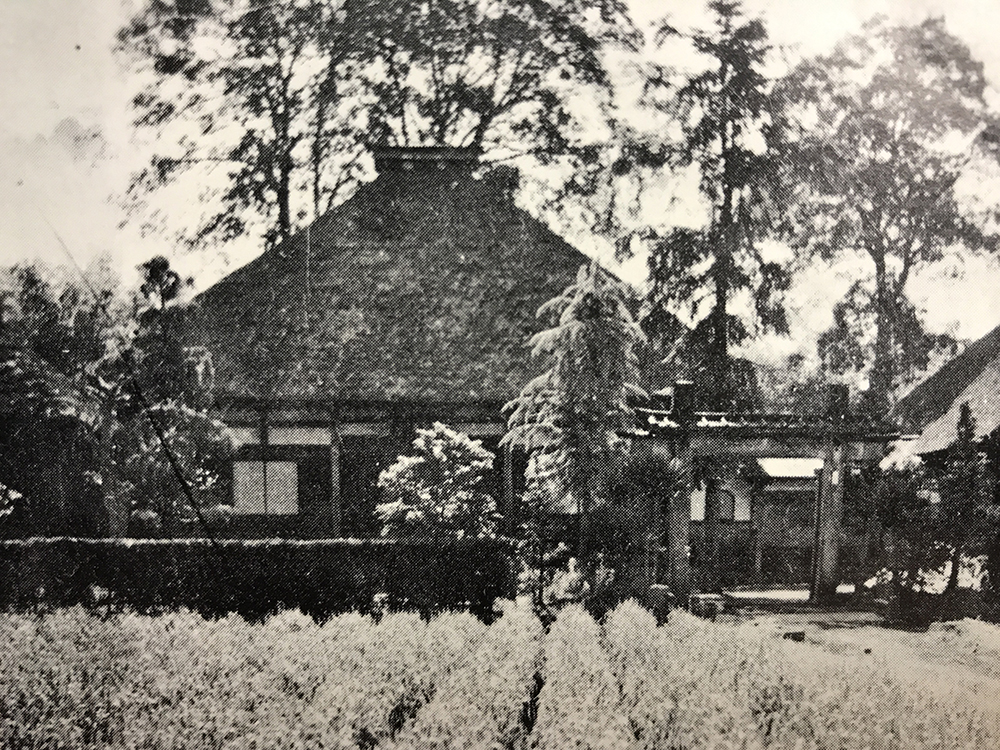
Kongoji Zen Temple (Rinzai Zen Buddhism) was founded in 1394 by a monk named Kiko Houn. Kiko Houn was the 2nd monk of Gokurakuji Temple in Minamiashigara, about 300m south. It has been recorded that the temple was first used as a retirement home for Kiko Houn.
Omori Ujiyori, Lord of Odawara Castle was a great supporter of Kongoji Temple. He played an important role in the enlargement. In the year of 1445, Lord Omori gave the order to build a main hall for the temple. To this time the original name of the Kongoji Temple was Koryuzan-Kongoji, which means "Yellow Dragon Mountain - Kongoji". After the establishment of Kongoji Temple, the name of the temple was changed to Shoryuzan-Kongoji, "Lucky Dragon Mountain-Kongoji" and Lord Omori's family crest, has been designated as the official temple crest.
In 1853 a devastating earthquake struck the nearby city of Odawara and destroyed the entire main hall and the house of the monk. 1854 the house of the monk was rebuilt. The main hall was rebuilt later in March 1867. The new building was constructed in the image of the beautiful Zokutoan Temple in Kamakura. The Temple of Zokutoan was originally the place where the Zen Master of the first monk of Kongoji had his grave.
Omori Ujiyori, Lord of Odawara Castle was a great supporter of Kongoji Temple. He played an important role in the enlargement. In the year of 1445, Lord Omori gave the order to build a main hall for the temple. To this time the original name of the Kongoji Temple was Koryuzan-Kongoji, which means "Yellow Dragon Mountain - Kongoji". After the establishment of Kongoji Temple, the name of the temple was changed to Shoryuzan-Kongoji, "Lucky Dragon Mountain-Kongoji" and Lord Omori's family crest, has been designated as the official temple crest.
In 1853 a devastating earthquake struck the nearby city of Odawara and destroyed the entire main hall and the house of the monk. 1854 the house of the monk was rebuilt. The main hall was rebuilt later in March 1867. The new building was constructed in the image of the beautiful Zokutoan Temple in Kamakura. The Temple of Zokutoan was originally the place where the Zen Master of the first monk of Kongoji had his grave.
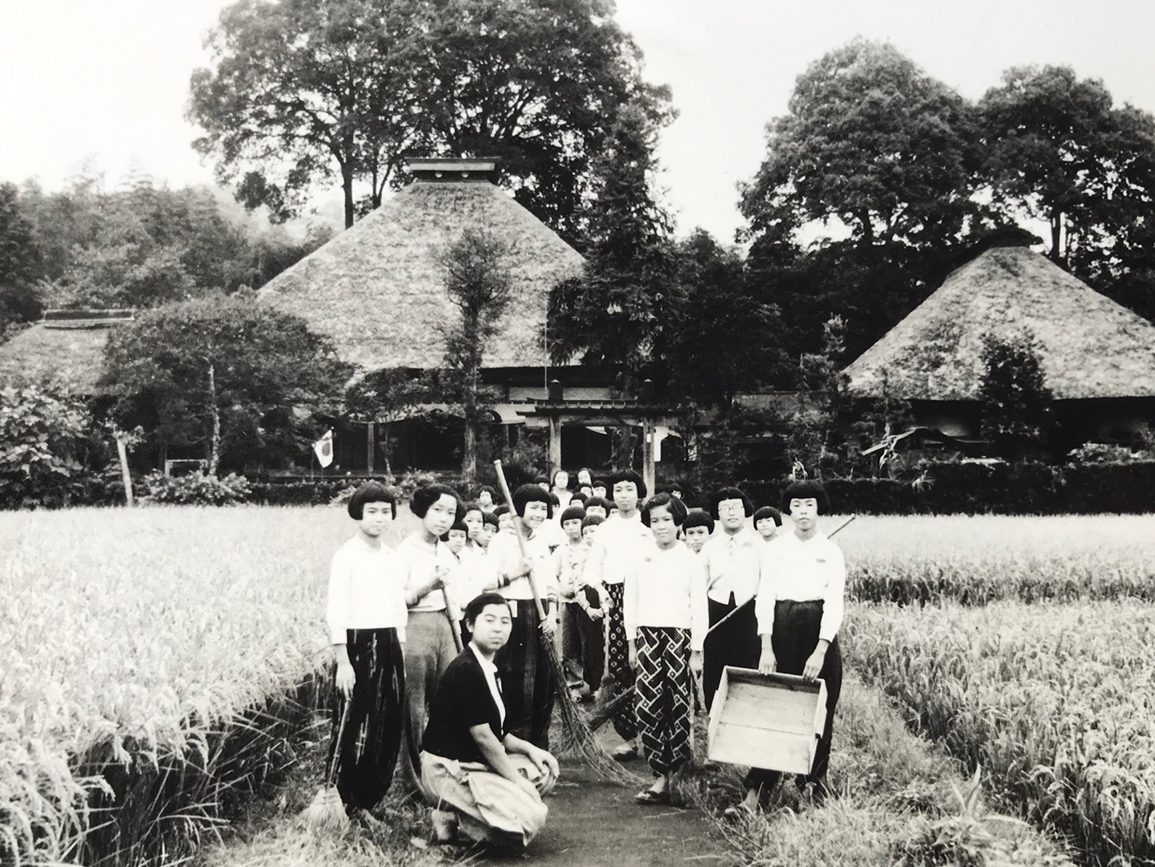
Picture of children who have been evacuated from the big cities to the countryside during World War II. The roofes visible in the background on the left is the Kannon hall and the house of the former monk on the right.
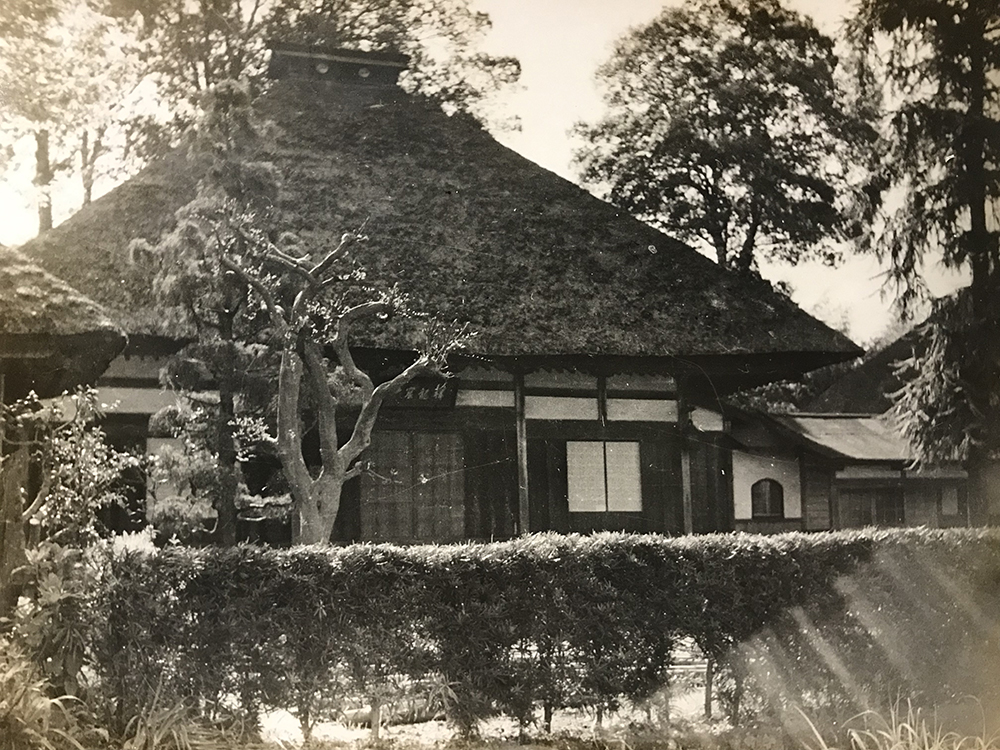
Picture of the main hall with the traditional thatched roof in 1945.
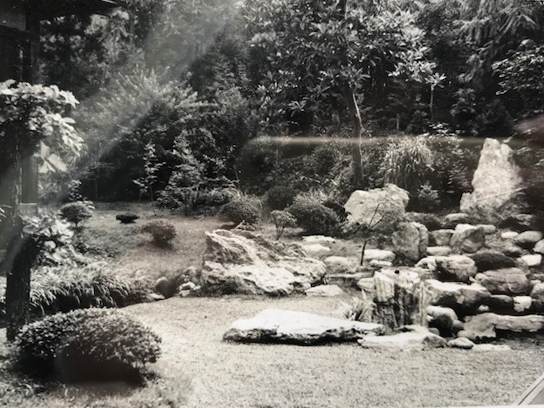
Zen Garden
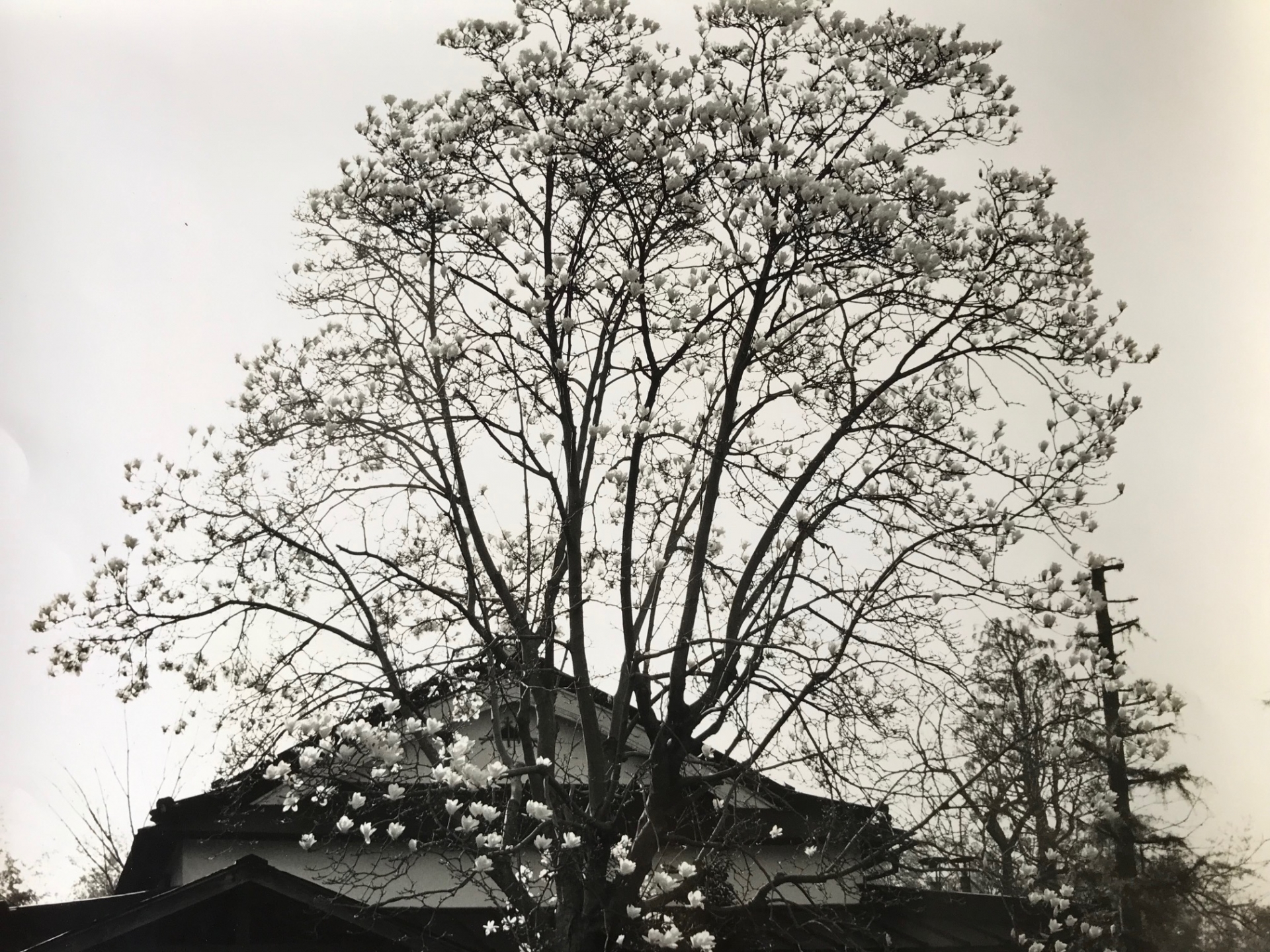
Magnolia
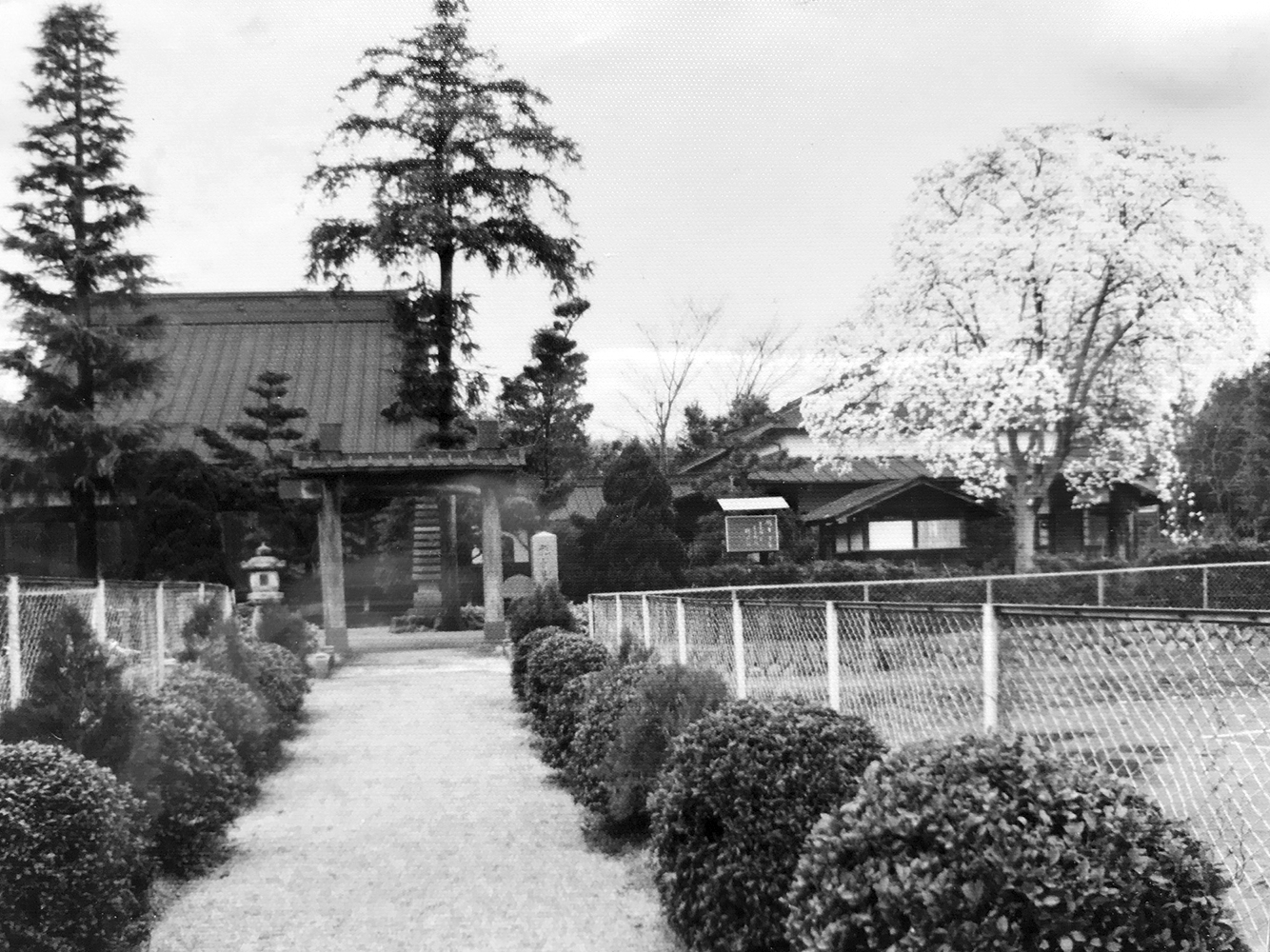
The street which leads to the temple in 1955
Main spirituality: Longevity-Jizo
The main spirituality at Kongoji Zen Temple is the Buddhist deity Jizo (Enmei-Jizo-Bosatsu). The original name is Jizo क्षितिघर्भ Ksitigarbha. His name may be translated as "Earth Womb". Womb refers to a mothers womb and it is said that the deity got this name because of its infinite virtues and benefits for all people. The deity is known for his vow to protect all beings in the afterlife, as well as his vow not to achieve Buddhahood until all hells are emptied. He has therefore long been regarded as the bodhisattva of hells, as well as the guardian of children, protector of the weak, and patron deity of deceased children in Japanese culture, where he is known as Ojizō-sama. The name Enmei-Jizo-Bosatsu is derived from protecting newly born children and extending their lives. In the past, many people had been visiting Kongoji Zen Temple and praying for safe delivery.
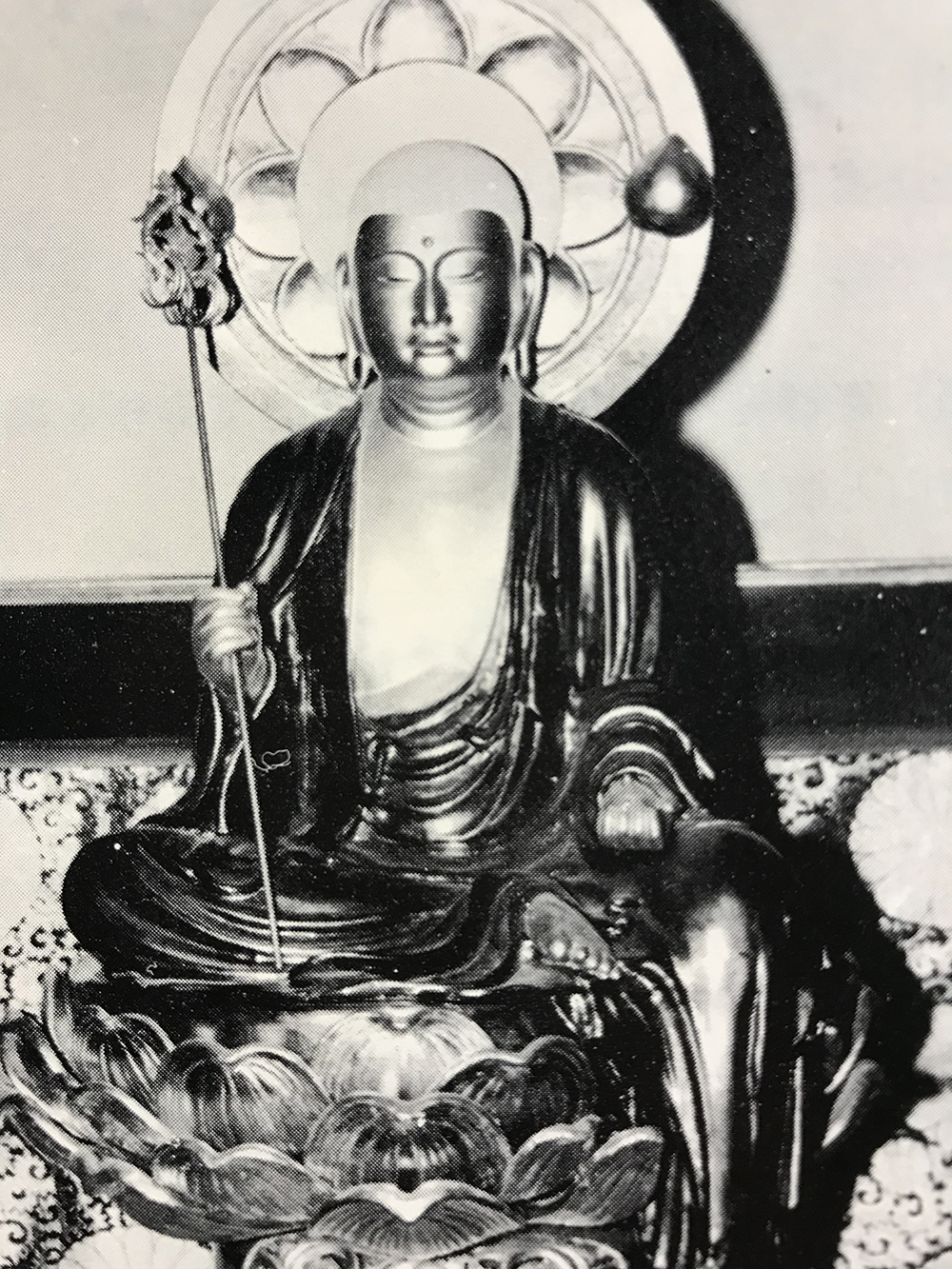
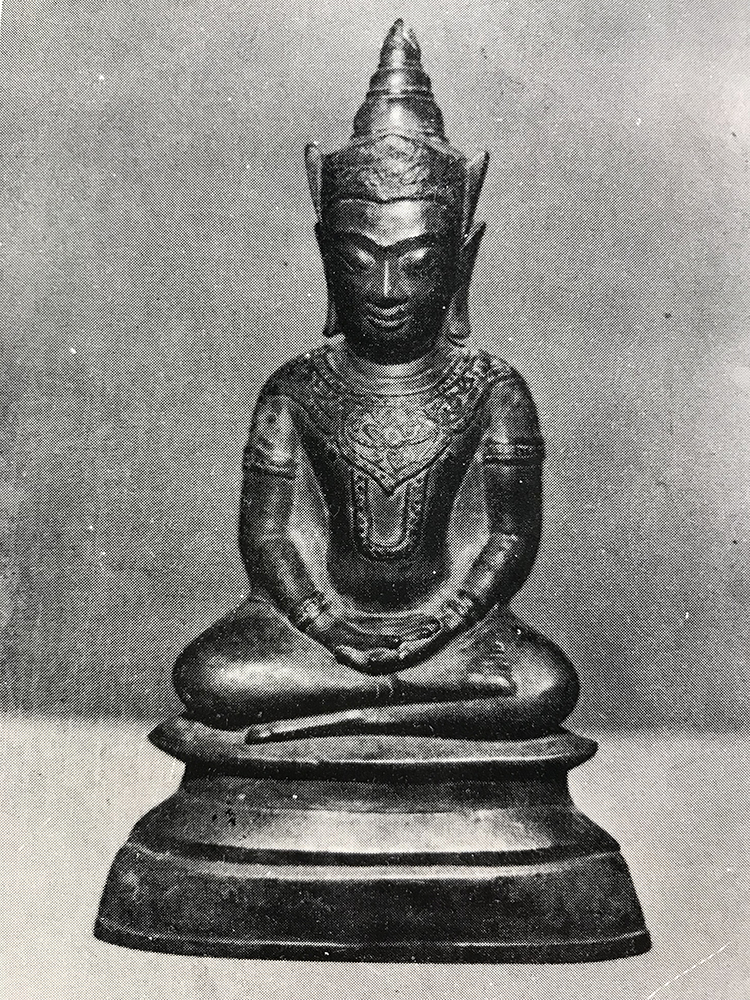
Siam Buddha
The first owner of Odawara Castle, Lord Omori Ujiyori (also called Omori Shinanokami Ujiyori Nyudo Kiseian), retired and entered Iwahara Castle, where he handed over the family estate to his son and gave himself the name Kiseian.
Omori Ujiyori was in private possession of a Buddha statue of Siddhartha from Siam (currently Thailand), and it is said that he used to pray to it daily.
During the time when Tetsugai Hoshin served as the 2nd Zen monk of Kongoji Zen Temple, he founded a second temple known as Dainichisan-Zenkeian, intended as a retirement home. Lord Omori donated a private Buddhist statue to the Zenkeian Temple, where it was installed as the principal deity. Unfortunately, the Zenkeian Temple met with misfortune and was consumed by fire during the siege of Odawara. Subsequently, the statue originally belonging to Lord Omori was relocated to Kongoji Zen Temple.
Omori Ujiyori was in private possession of a Buddha statue of Siddhartha from Siam (currently Thailand), and it is said that he used to pray to it daily.
During the time when Tetsugai Hoshin served as the 2nd Zen monk of Kongoji Zen Temple, he founded a second temple known as Dainichisan-Zenkeian, intended as a retirement home. Lord Omori donated a private Buddhist statue to the Zenkeian Temple, where it was installed as the principal deity. Unfortunately, the Zenkeian Temple met with misfortune and was consumed by fire during the siege of Odawara. Subsequently, the statue originally belonging to Lord Omori was relocated to Kongoji Zen Temple.
Presence
Over the years, the temple's structures have faced multiple demolitions due to earthquakes. However, each time, the local community rallied together to either renovate or completely rebuild the temple. With the unwavering support of the community, this Buddhist sanctuary will continue to stand strong for many more years to come.
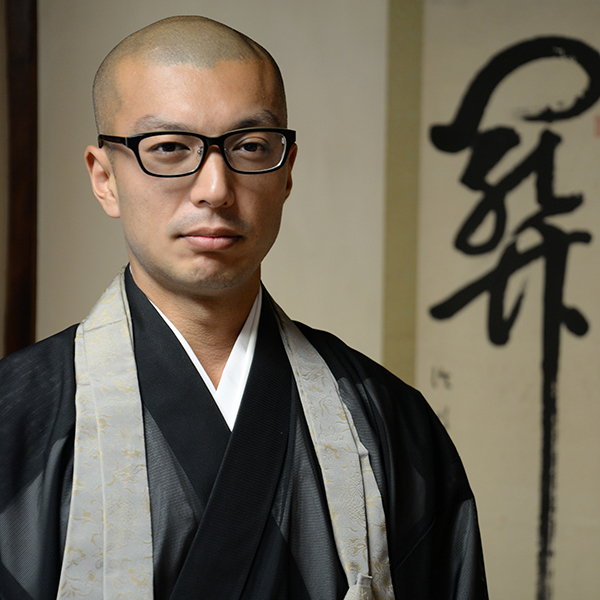
Issui Sasaki
Head Priest
On June 4, 1984, I was born as the eldest son of the former Zen monk of Kongoji Temple, but when I was little I didn't like being born in a temple and my father being a monk. I decided to hand over the temple to my younger brother, and went to a Christian university as a strong statement. Although I did not want to take over the Buddhist temple, I changed my mind after realizing the physical condition of my father, which became sick. AAfter three and a half years of training at Enkakuji Temple in Kamakura, i worked under the lead of my father for about seven years after becoming the 19th head priest in 2019. My goal is to improve the atmosphere of the temple by building a new garden and enlarge the buildings of the Zen temple, that the local community has a place to gather. Kongoji Temple will become a place, where people vsit and return home with a clear mind and a smile on their faces - A temple like this is what i want to build in the future.

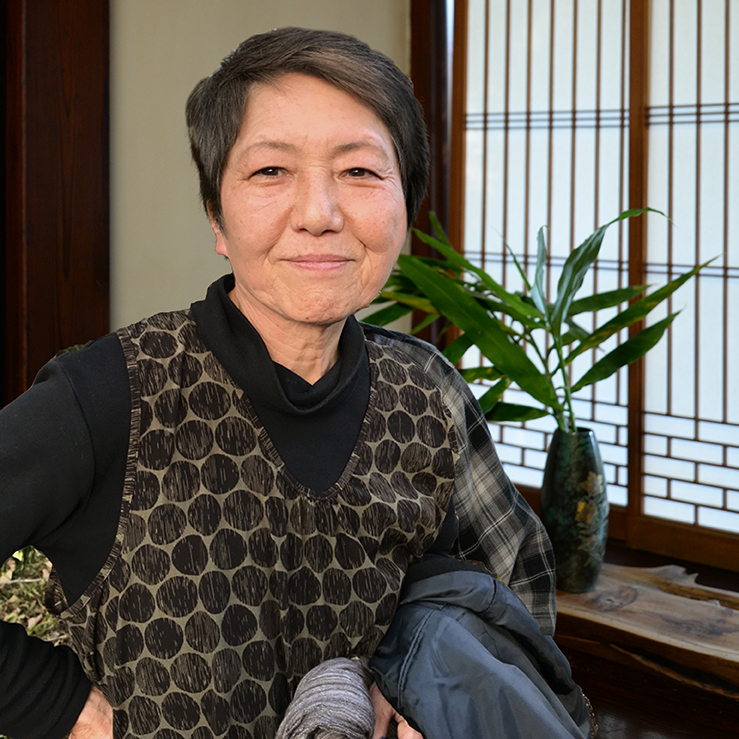
Teruko Sasaki
Allrounder
I was born as a daughter of a Buddhist Zen monk in Fujieda City, Shizuoka Prefecture. About 40 years ago i came to Kongoji Temple as the wife of the 18th head priest. My hobby is raising Meloimorpha japonicus are also called Bell crickets. Bell crickets are 2-cm long smal insects which make a beautiful trilling sound, like a bell, when they rubb their wings together.I started about 30 years ago when I got one cage of bell crickets from my father. The number of insects has been increasing ever since and now we have more than 10 cages. In the hot summer of Japan the sound of the crickets can be heard from the temples reception.

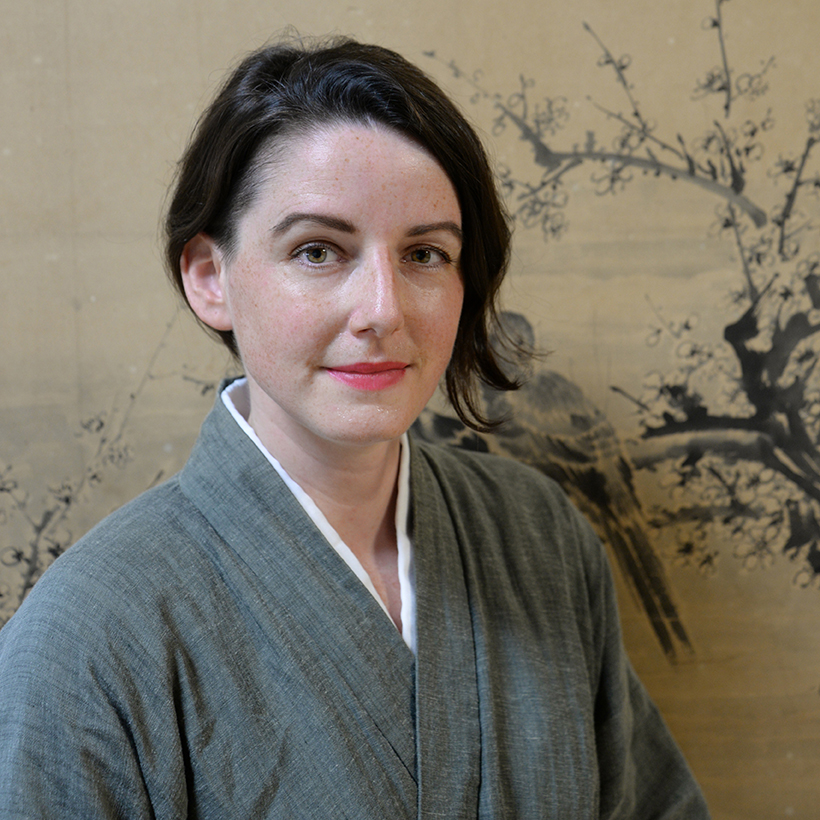
Judith Sasaki
Project Planning
I was born in Switzerland and came to Japan in 2013. I worked in Odawara at the Hotoku Ninomiya Shrine-Hotoku Kaikan as a interpreter and tour guide for the area. Currently, as a member of Kongoji Temple, I am in charge of the homepage, event planning, gardening project planning, etc. It is my goal to help lead the temple into the future by creating new projects which gather people and at the same time, protecting old Japanese traditions. I would like to create a relaxing atmosphere of whorship, a place of culture, a place of knowledge and history.


